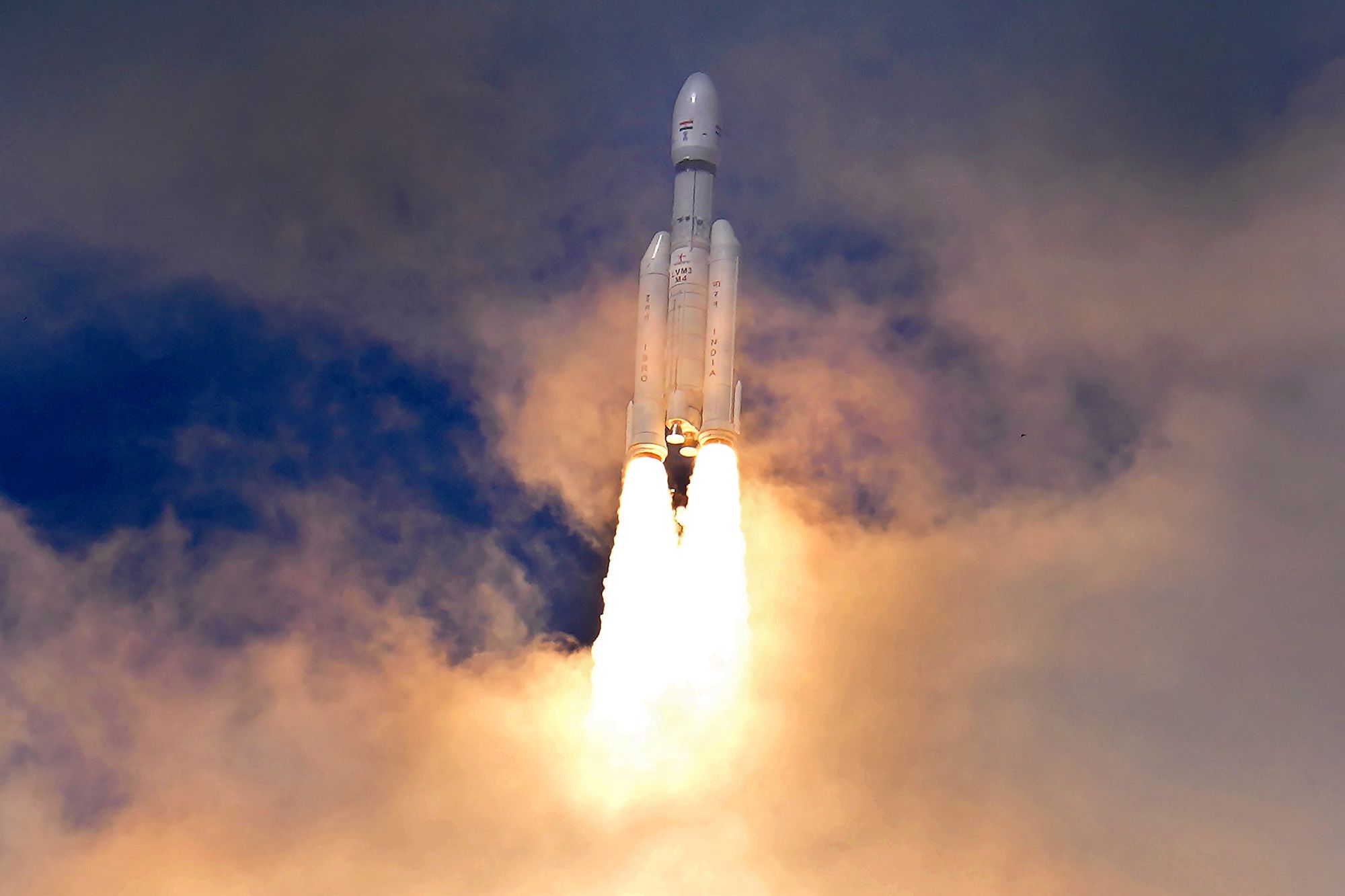You know what’s super cool? India’s Moon missions! They are like a dream come true, combining ancient wisdom with modern technology to explore the cosmos. The Indian Space Research Organisation (ISRO) is rocking it big time, and their Moon missions have got the whole world talking.
Picture this: India, with all its cultural heritage and vibrant diversity, decided to set its sights on the Moon. It’s like a journey into the unknown, fueled by curiosity and passion for the stars. And let me tell you, they’ve been killing it!
First up was the awesome Chandrayaan-1 mission. Launched back in 2008, it was all about exploring the lunar surface and sniffing out the mysteries hidden up there. With some high-tech instruments on board, they even discovered water molecules on the Moon! Can you believe it? Water on the Moon! That’s like finding treasure in the sky!
But wait, there’s more! Chandrayaan-1’s success put India on the map of lunar explorers. It was like India shouting, “Hey world, we’ve got what it takes to rock the space party!”
So, they didn’t stop there. Oh no, India had bigger dreams. They rolled out Chandrayaan-2 in 2019, and it was out of this world! This time, they aimed for a soft landing on the Moon’s south pole. It was like exploring uncharted territories, seeking out new scientific wonders.
Chandrayaan-2 was a superstar team—orbiter, lander named Vikram (after the genius Dr. Vikram Sarabhai), and rover called Pragyan. They were like the A-team of lunar exploration, working together to gather epic data and conduct mind-blowing experiments.
Now, here’s where the drama kicked in. During Vikram’s descent, everyone was on the edge of their seats. Millions of Indians held their breath, cheering for that perfect landing. It was like a Bollywood movie, full of emotions and nail-biting moments. And guess what? Vikram got so close, but communication was lost at the last moment. It was like reaching for the stars and almost catching one.
But hey, that’s not the end of the story! The orbiter, like a true hero, kept going strong. It didn’t let the setback get in its way. Instead, it continued orbiting the Moon like a boss, sending back crucial data and making India proud.
These missions weren’t just about science and technology; they were about inspiring the next generation of space explorers. They ignited a fire in the hearts of young minds, encouraging them to dream big and reach for the stars—literally! It was like saying, “Hey kiddos, the sky’s not the limit; you can aim higher!”
And it wasn’t just India on this incredible journey. They joined forces with other space agencies, making space exploration a global family affair. It was like a cosmic team-up, showing that when nations come together, we can achieve the impossible.
So, what’s next for India’s Moon missions? Oh, they’ve got big plans! Chandrayaan-3 is on the horizon, and they’re determined to nail that soft landing this time. Failure is just a stepping stone, right?
And hold onto your spacesuits because India’s got its eyes on the stars themselves. The Gaganyaan mission aims to send Indian astronauts into low Earth orbit. It’s like a dream of seeing Indians among the stars, waving back at us!
India’s Moon missions are more than just exploration. They’re about pushing boundaries, daring to dream, and taking giant leaps of faith. They show us that with passion, determination, and a little stardust, we can achieve the extraordinary.
In conclusion, India’s Moon space mission is a testament to the nation’s spirit of adventure and curiosity. It’s like a cosmic dance, where ancient wisdom meets modern technology. These missions have put India on the global space map and inspired generations to dream big. As India continues its celestial odyssey, we eagerly await the next chapter of this incredible journey to the stars and beyond!



Leave a Reply